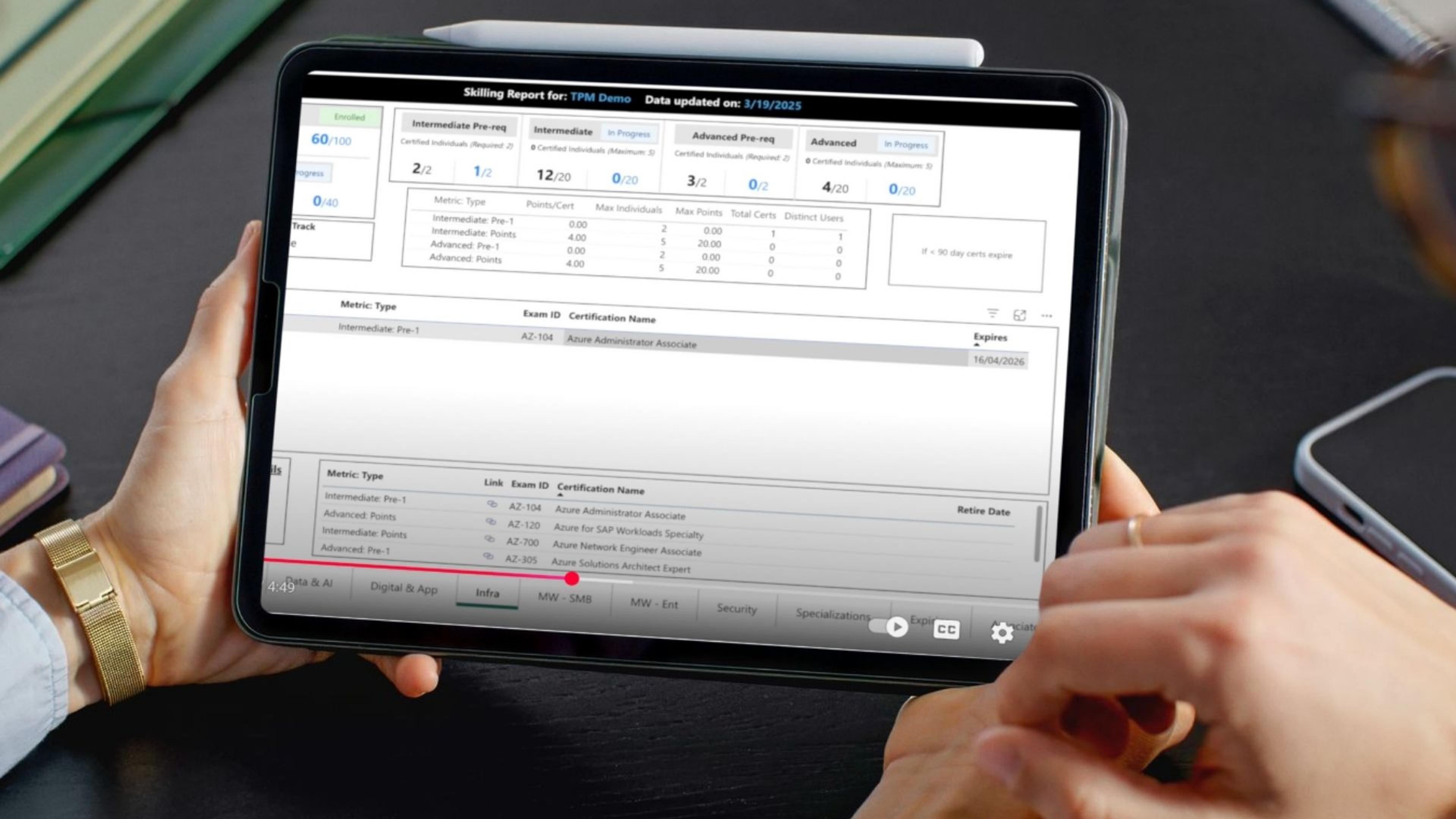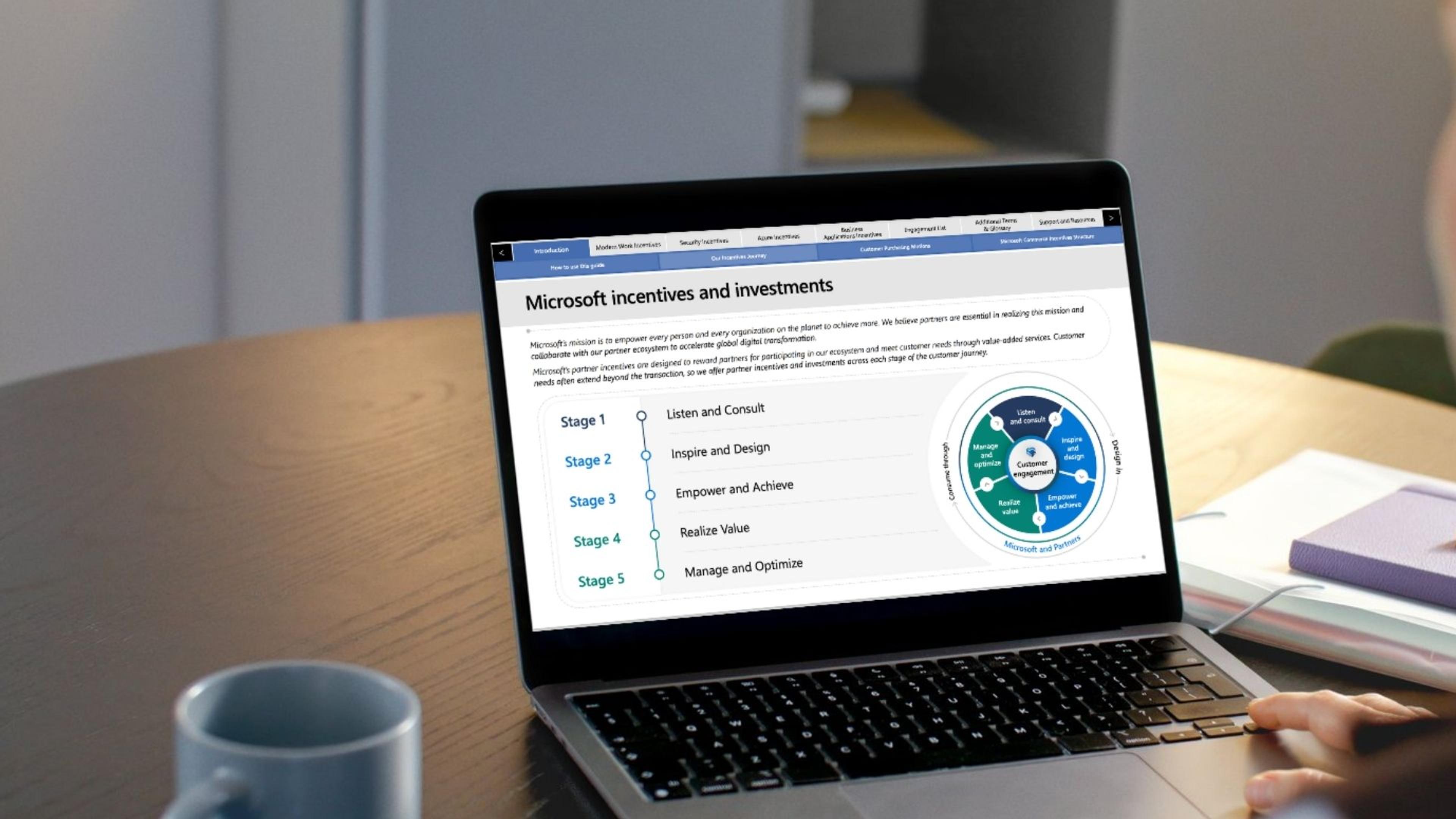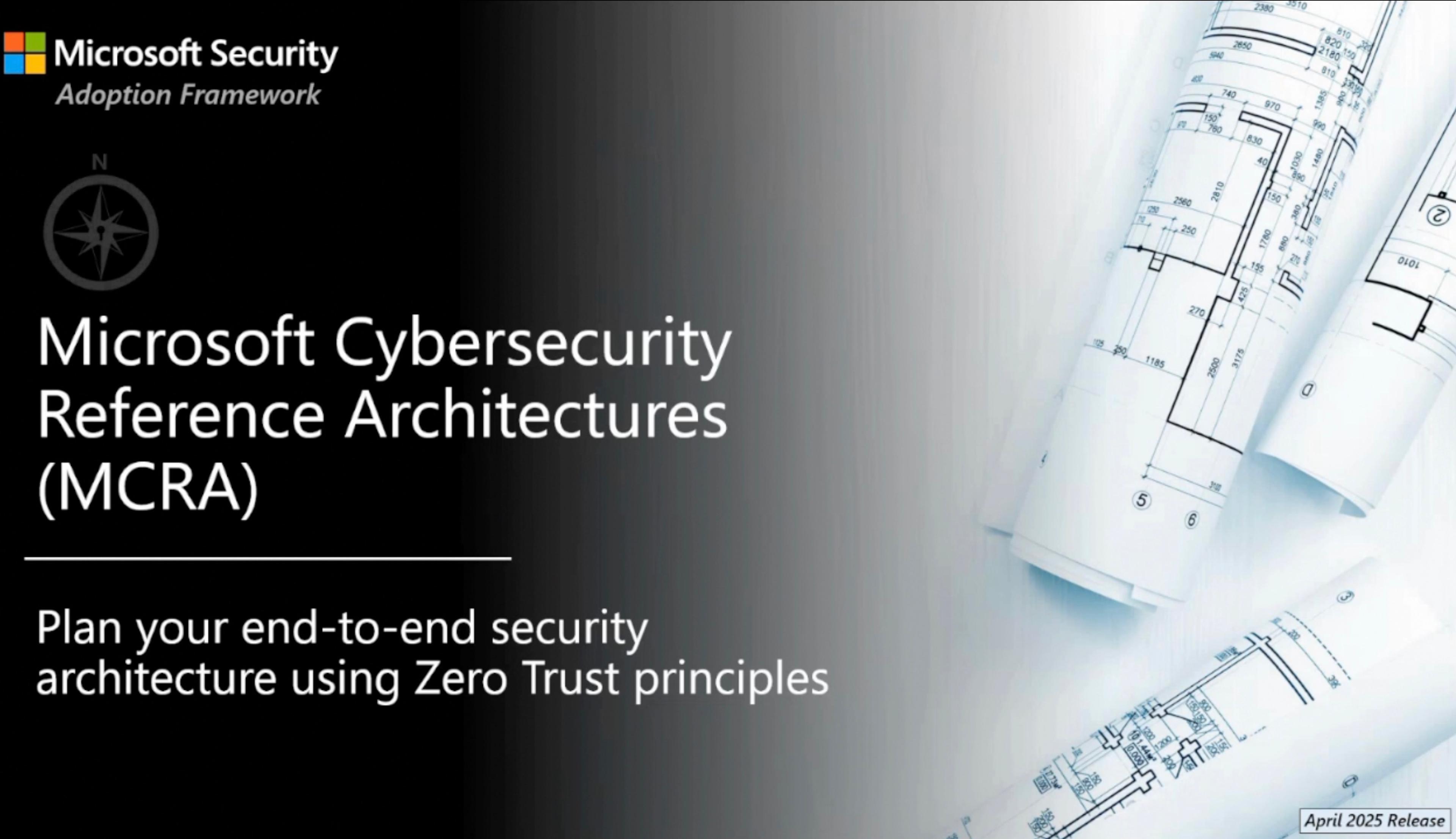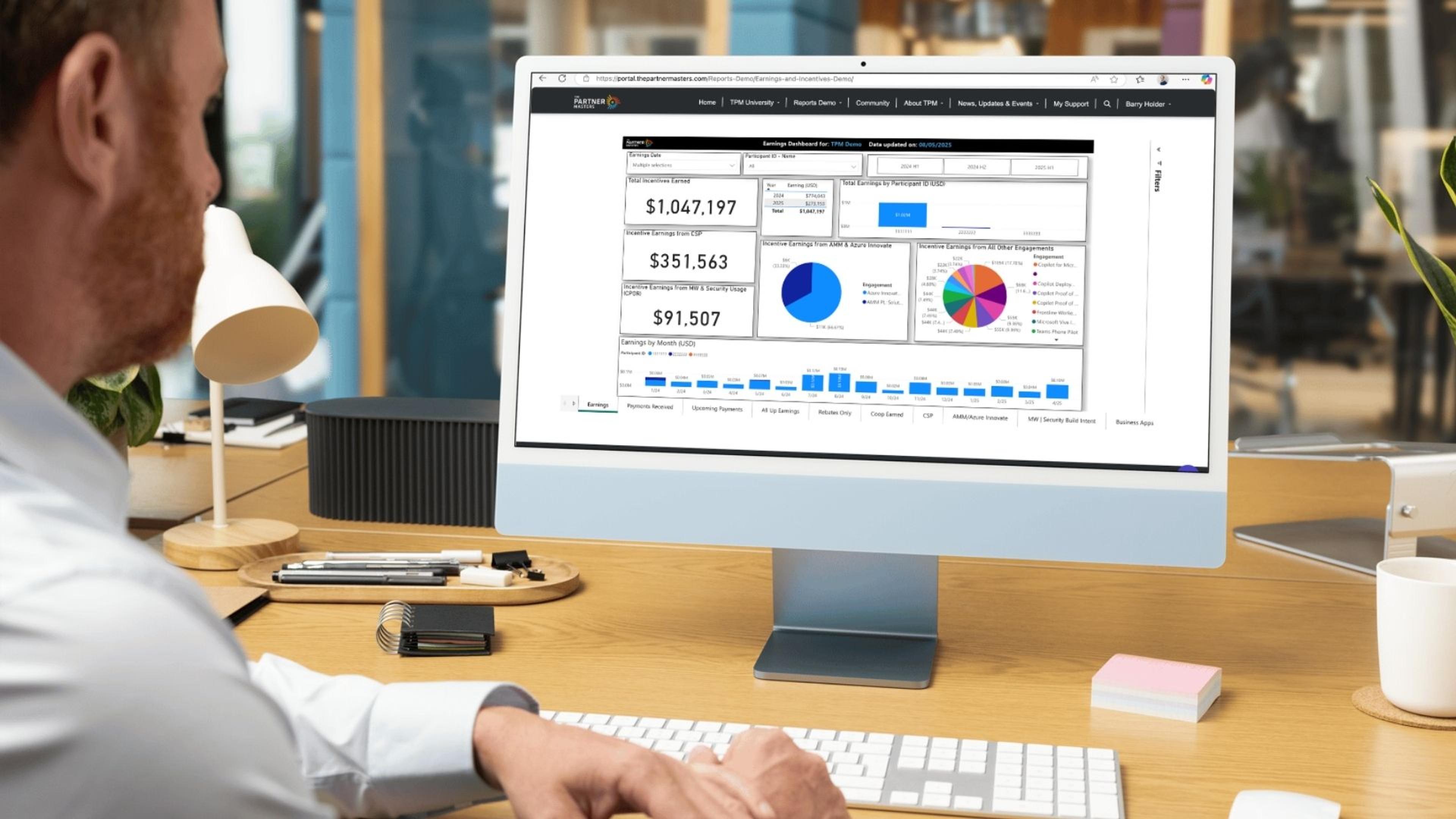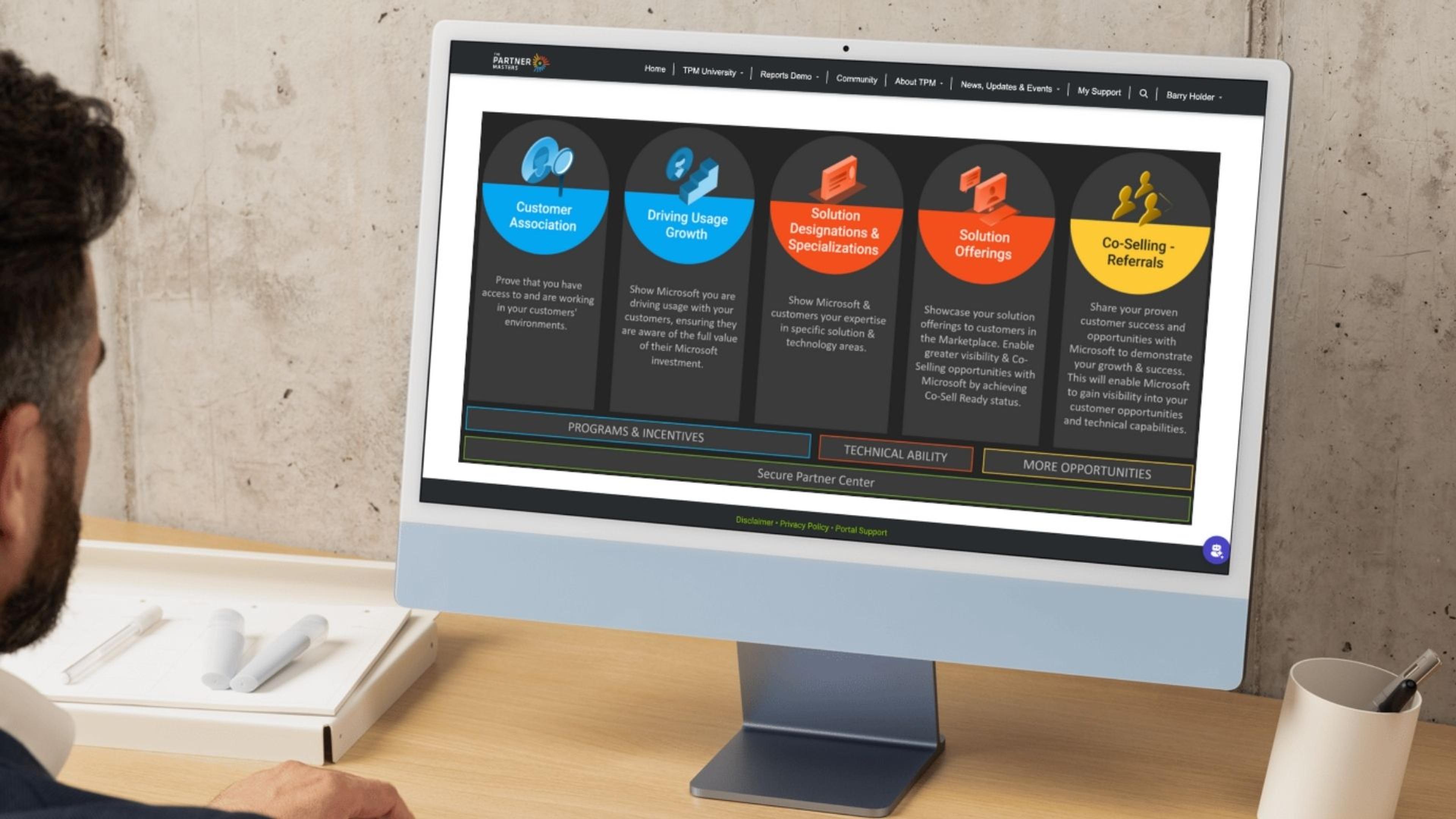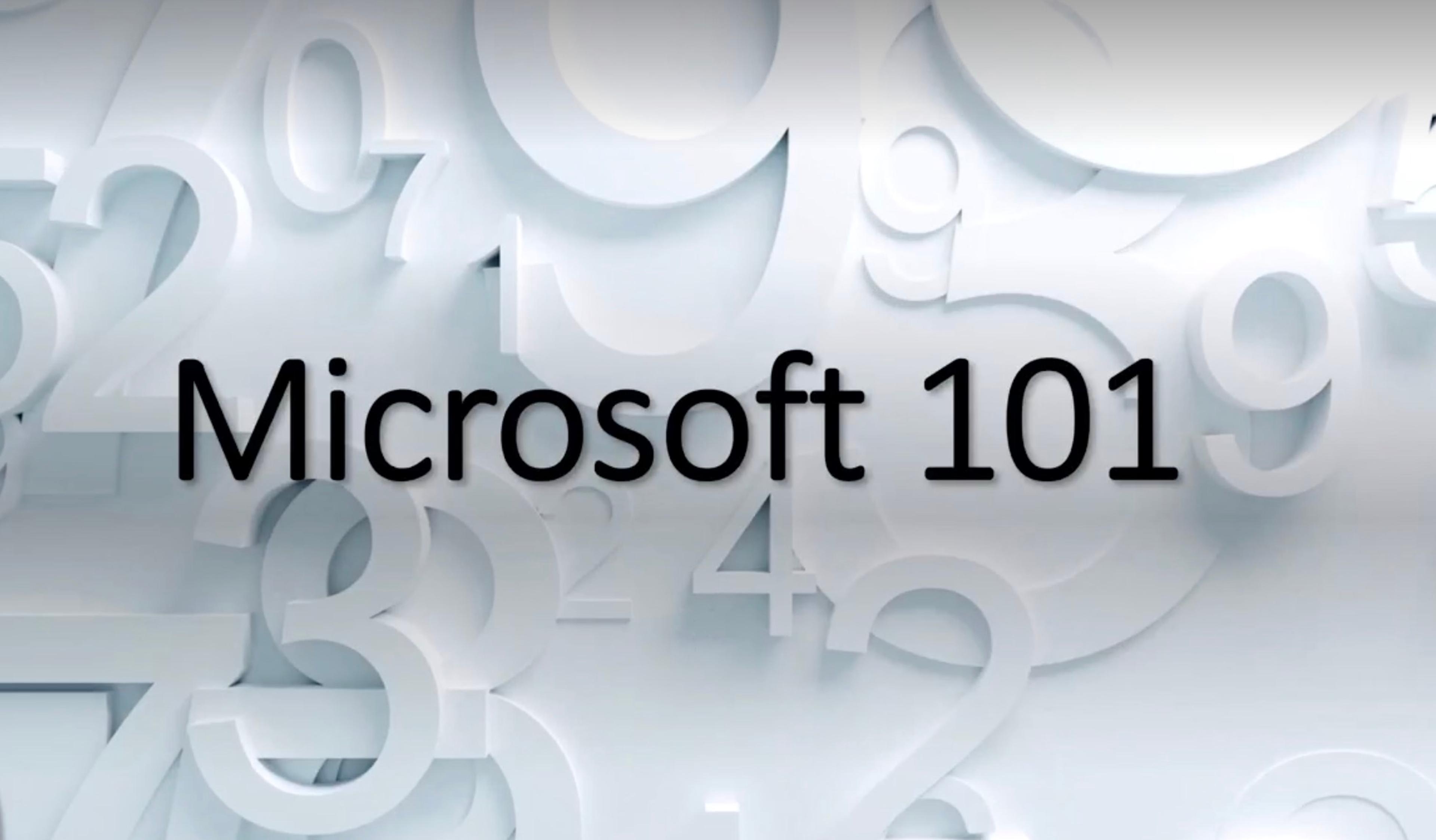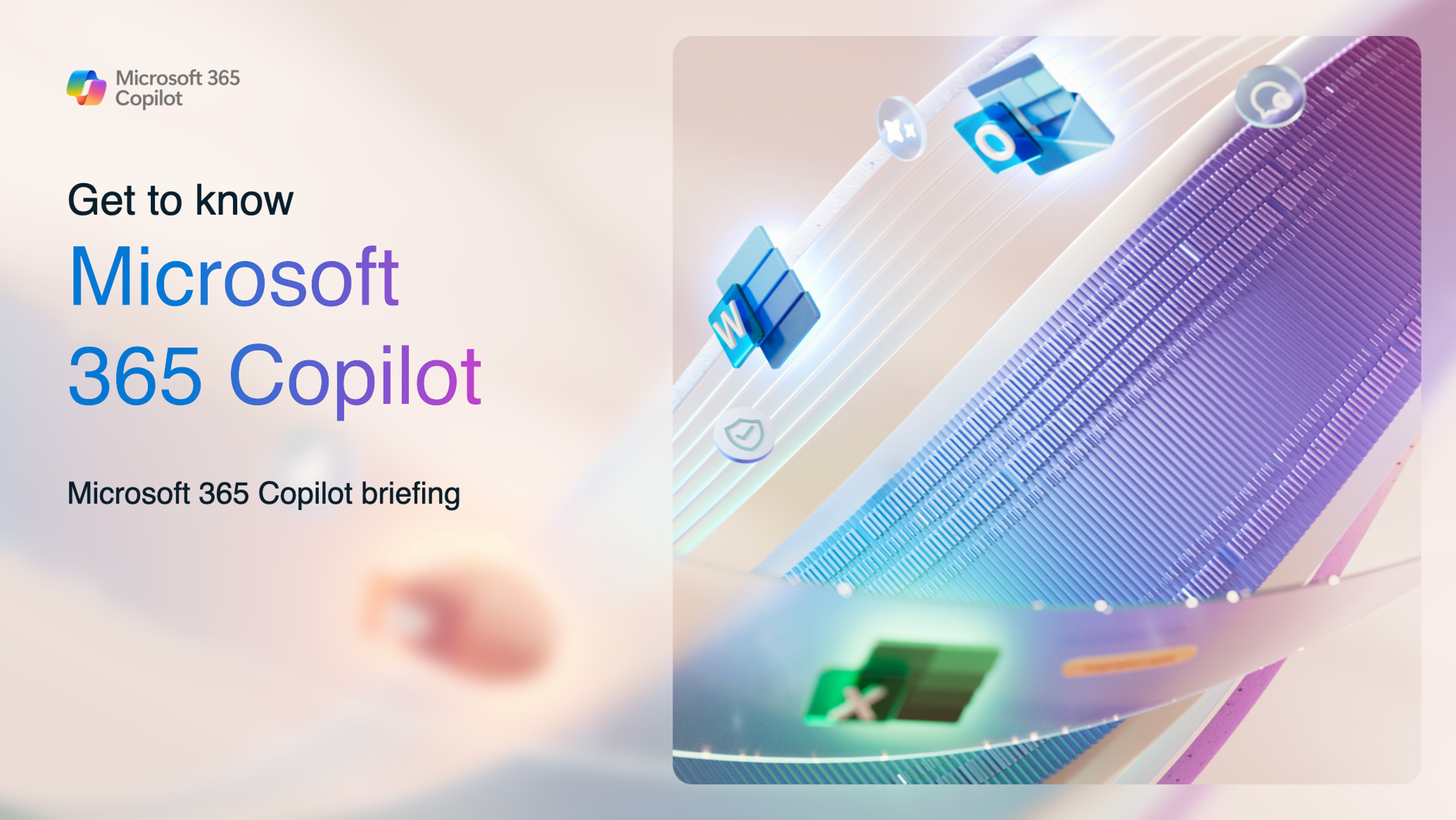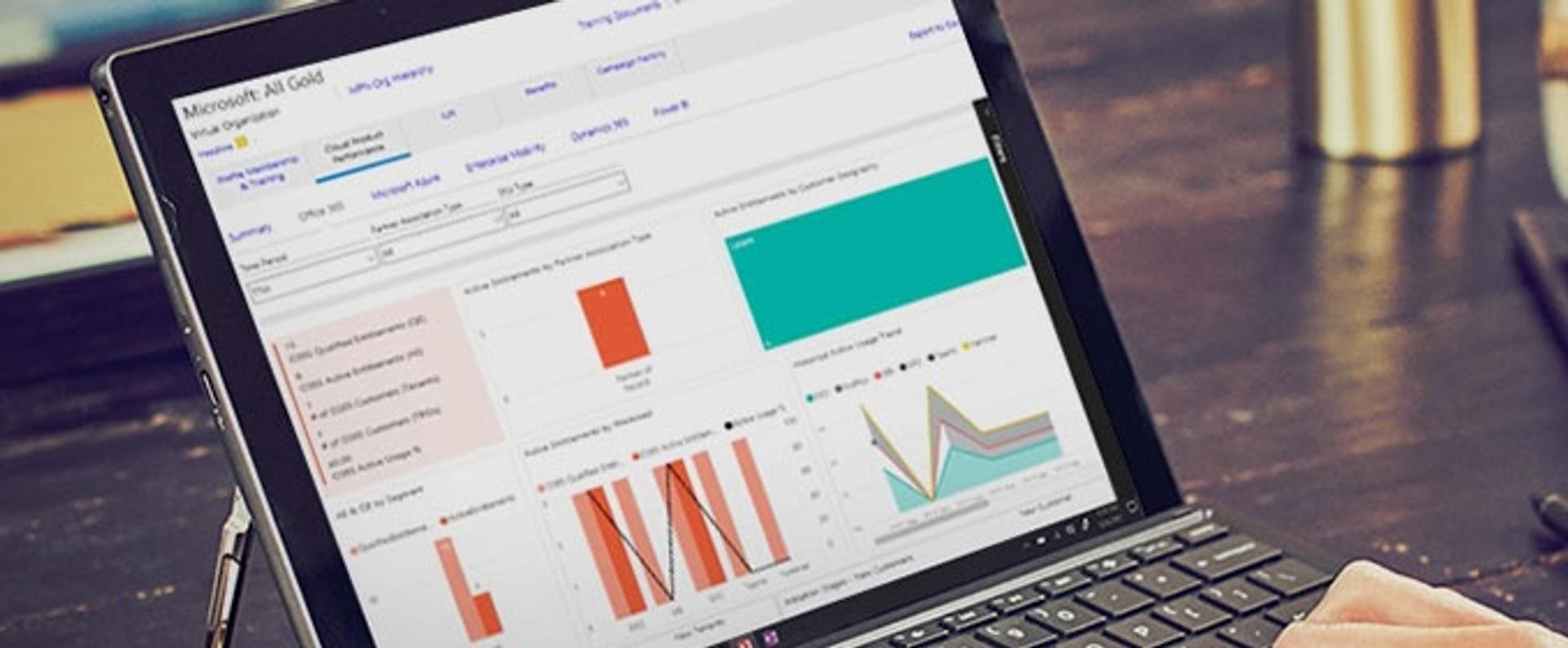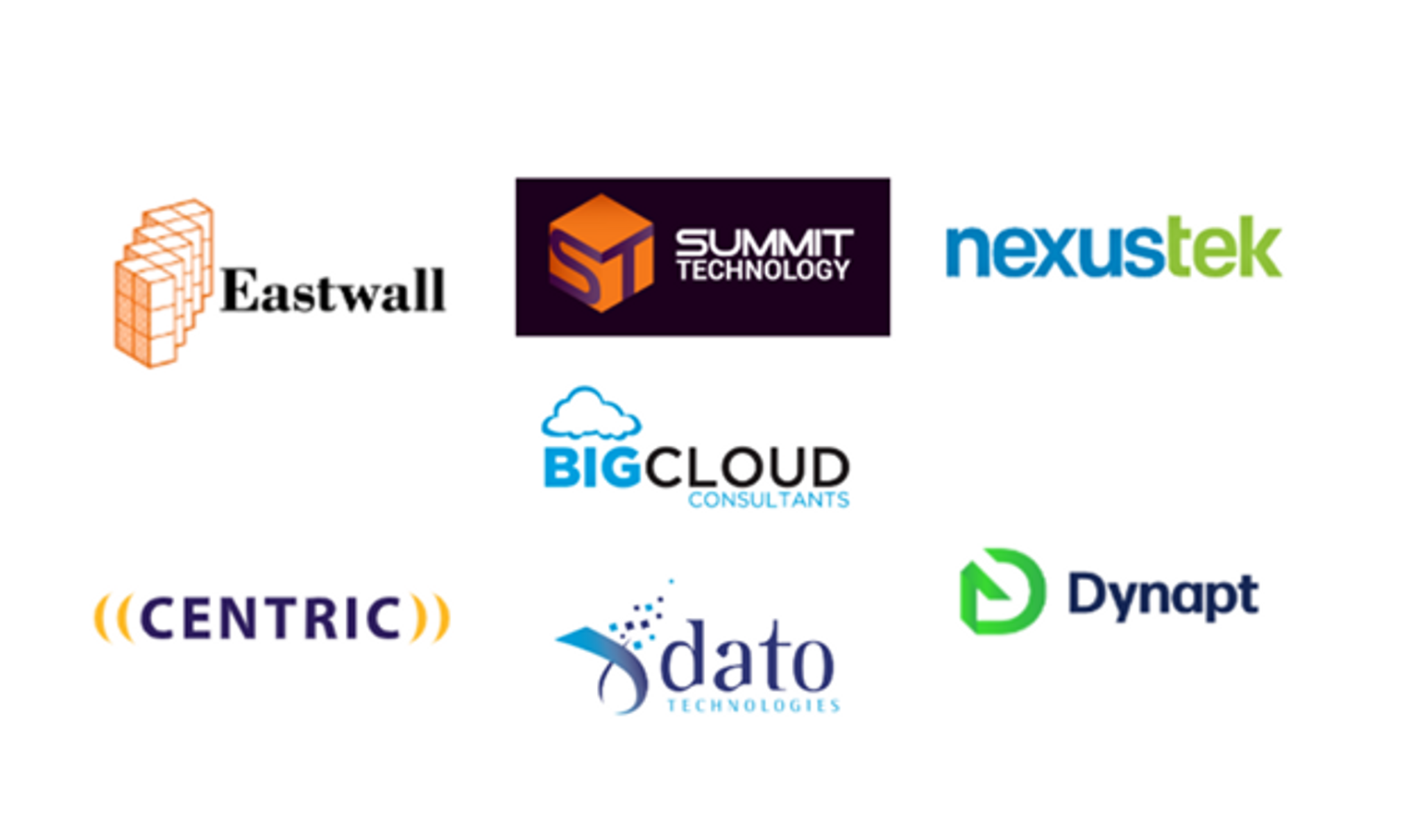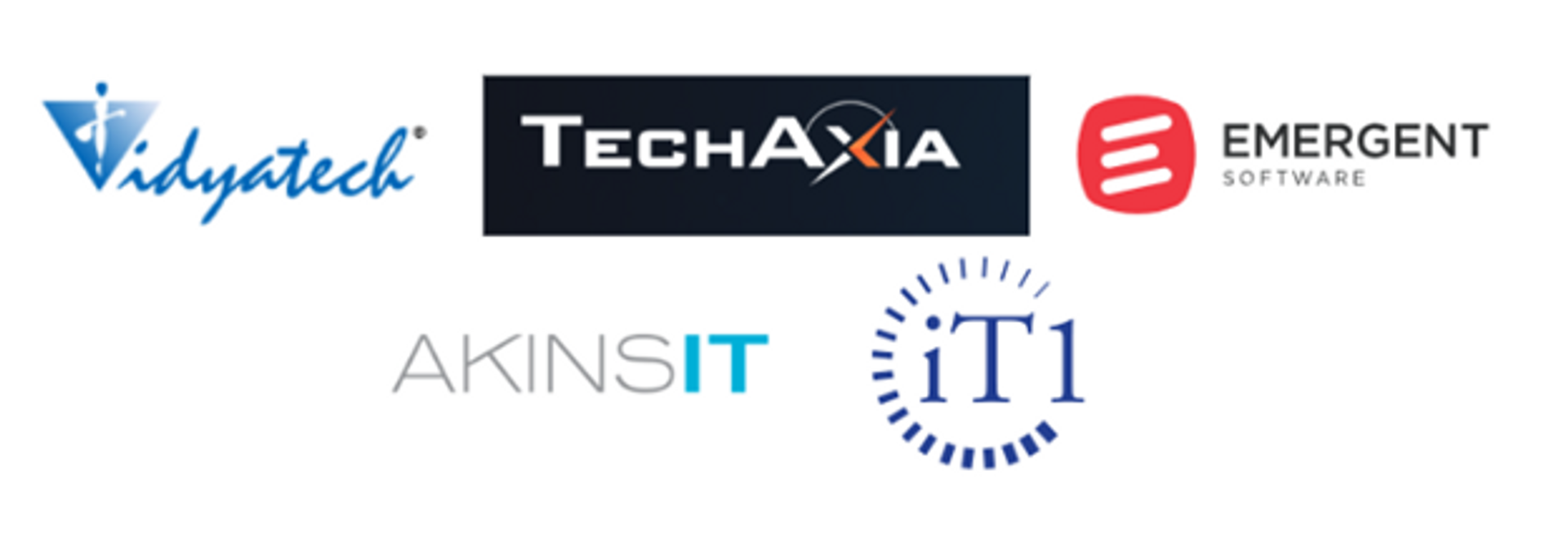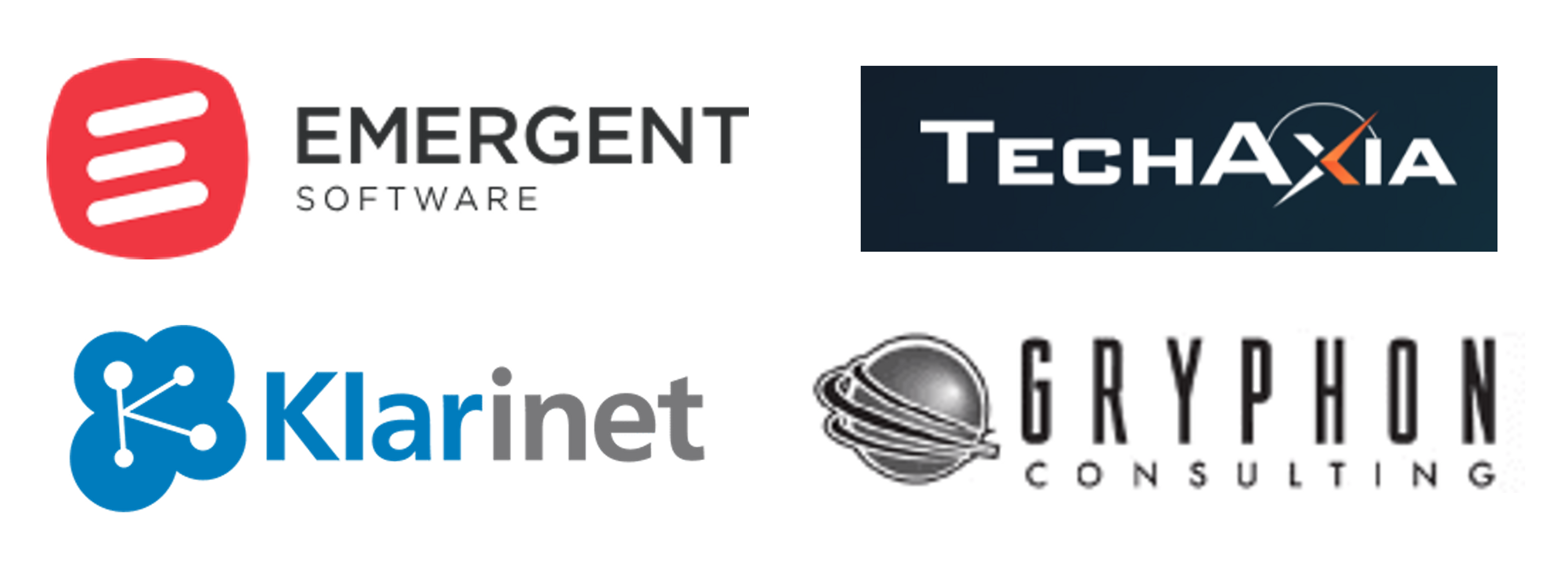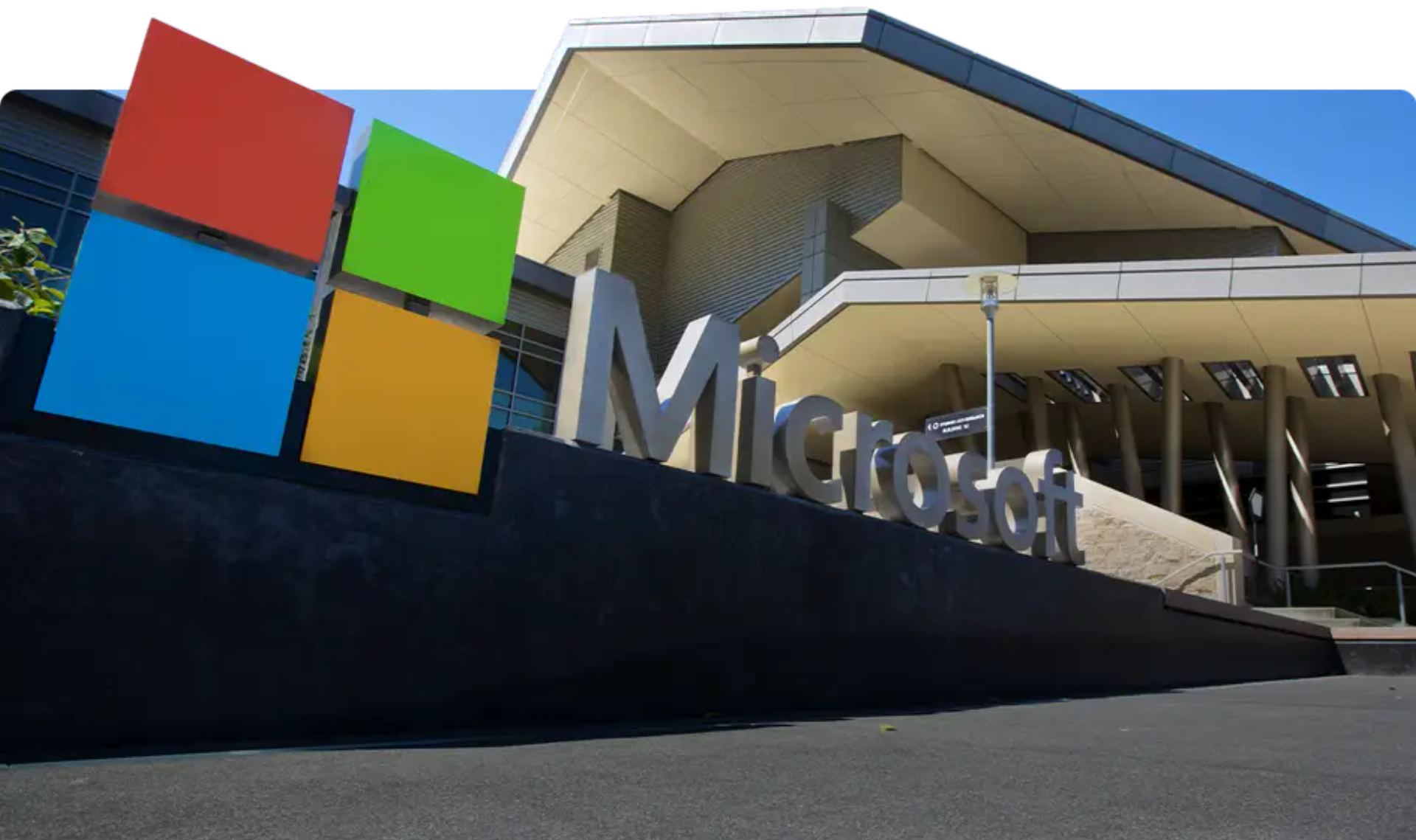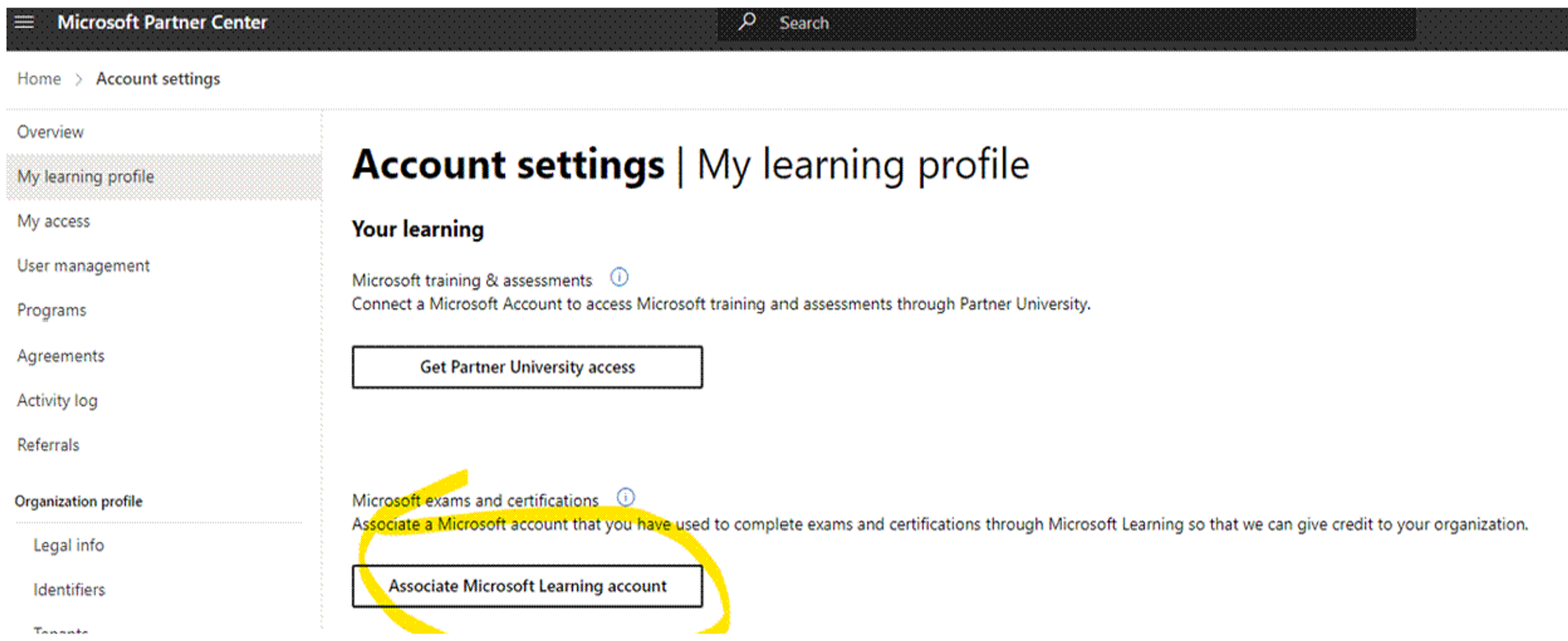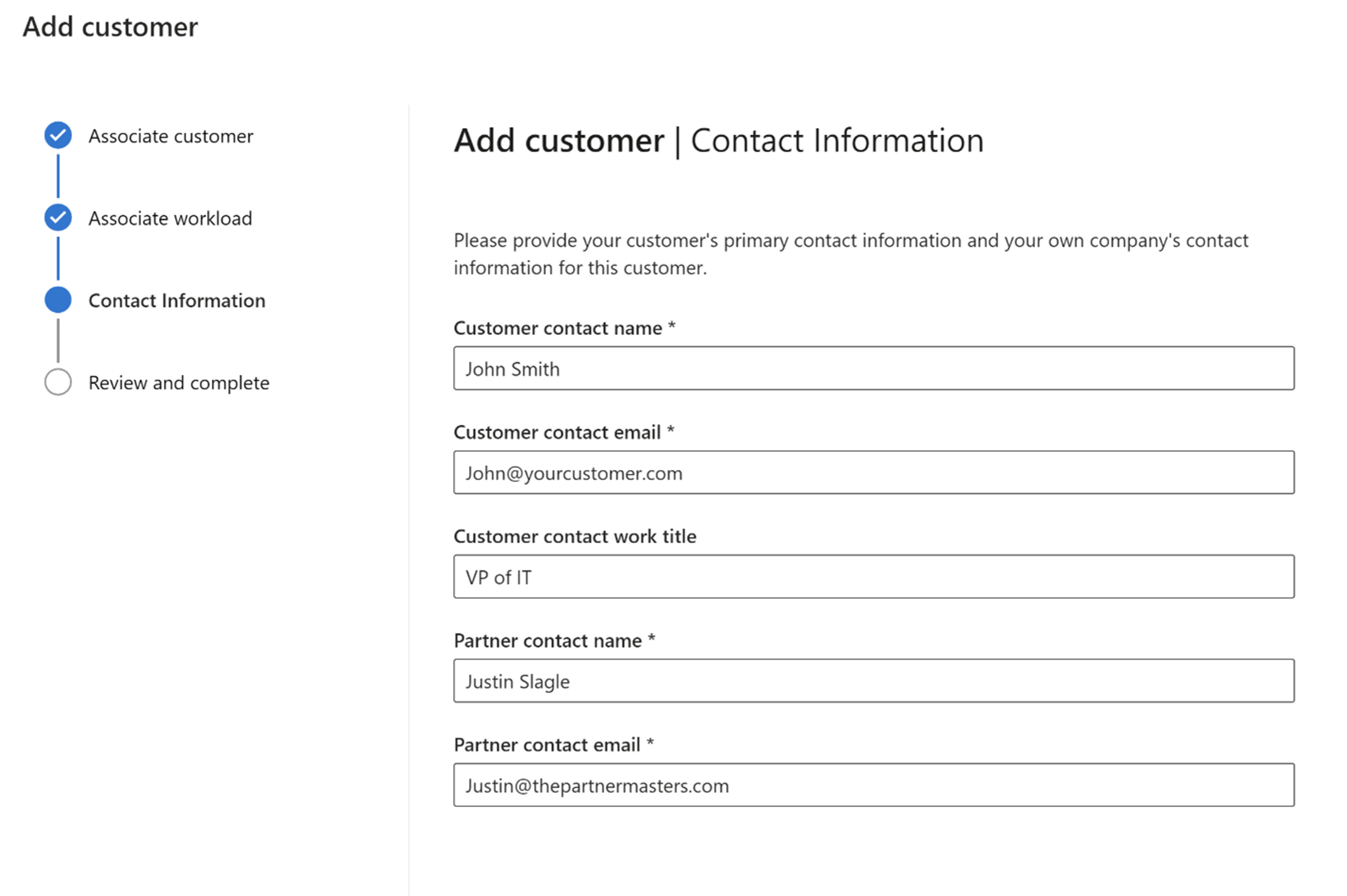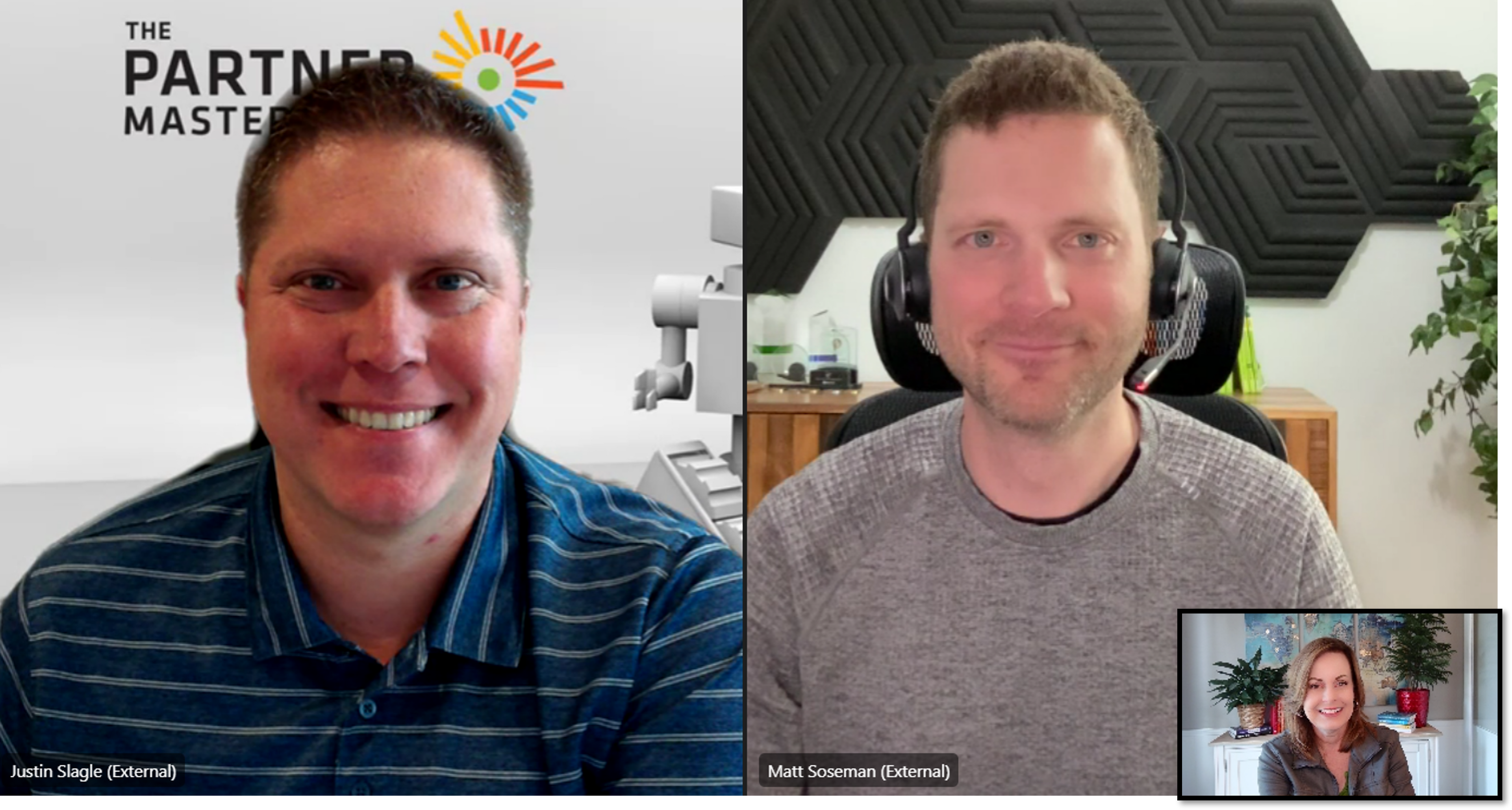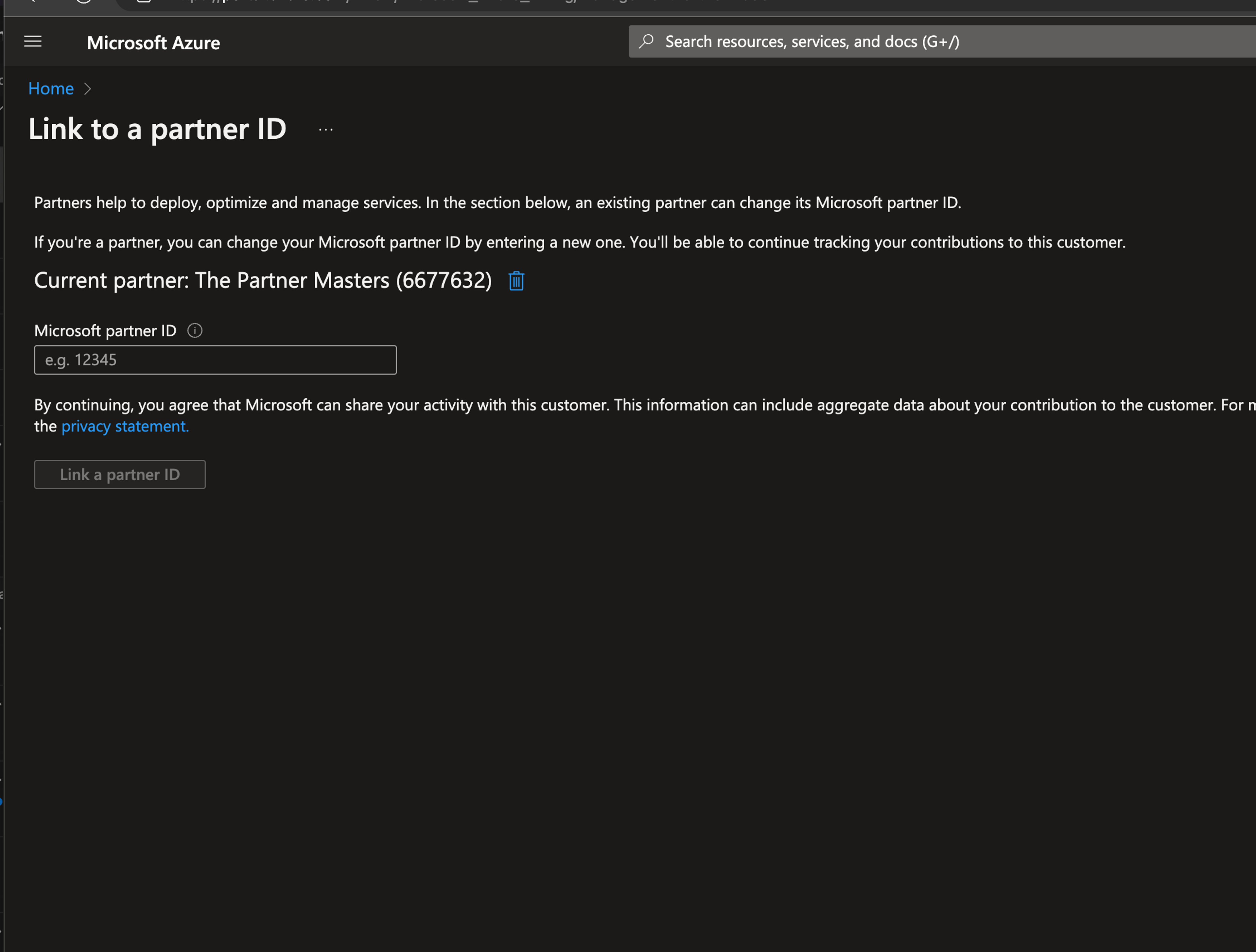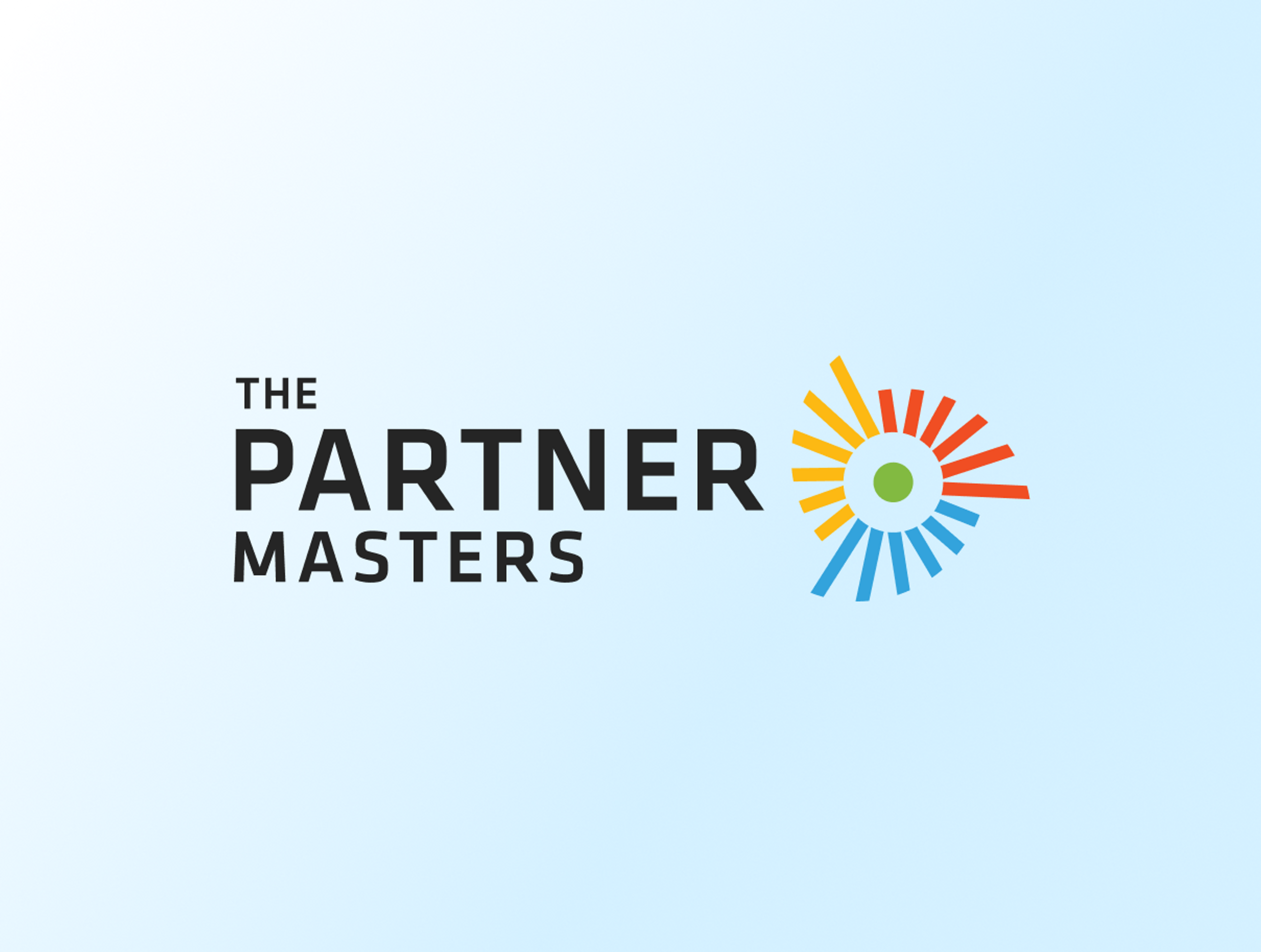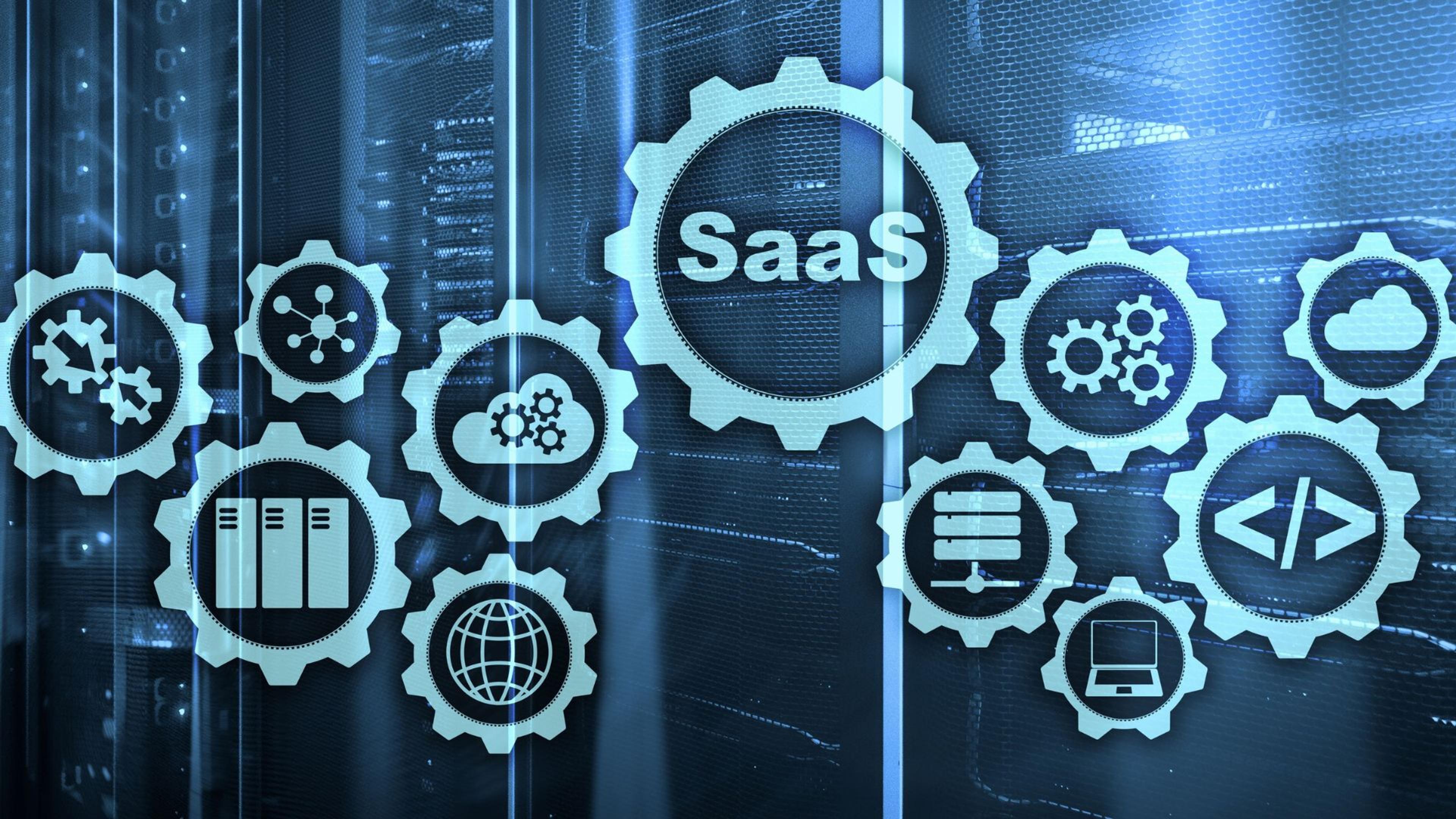
Microsoft Go-To-Market
Every Partner Is an ISV: Why It’s Time to Think Like a Software Company
| 5 min read
For years, Microsoft partners have worn many labels — CSP, MSP, SI, VAR — each describing how they deliver value to customers. But today, one label transcends them all: software development company.
Microsoft’s shift from the term ISV (Independent Software Vendor) to SDC (Software Development Company) reflects a larger truth about the partner ecosystem: every partner creates intellectual property. Whether it’s an automation built in Power Platform, a custom deployment framework, or a data dashboard unique to your customers — that’s software. And increasingly, it’s where your growth and profitability lie.
From Services to Software Thinking
The shift to SDCs is not about writing code; it’s about owning innovation. Partners have consistently developed repeatable solutions, such as scripts, templates, configurations, and frameworks, to better serve their clients. What’s changing is the opportunity to package, price, and publish these solutions for broader reach through Microsoft’s marketplace.
The marketplace is no longer a destination reserved for app developers. It’s becoming a central platform where every partner can demonstrate value, transact directly with customers, and strengthen their relationship with Microsoft.
By transforming repeatable services into transactable offers, partners open a new revenue channel, gain visibility with Microsoft sellers, and create pathways to automation that can ultimately deliver recurring income.
Why The Marketplace Matters
The business case is simple: Microsoft’s customers are increasingly buying digitally. The marketplace is where those decisions are happening. Partners that have transactable offers listed there benefit from several tangible advantages:
- New customers and visibility: Listing solutions in the marketplace exposes your business to customers you might never reach otherwise — including Microsoft account teams actively looking for partners to fulfill customer needs.
- Proof of performance: Marketplace transactions provide Microsoft with direct visibility into your sales, strengthening your credibility and partner association without requiring additional proof-of-execution paperwork.
- Automatic rewards: Enrolling in programs like Marketplace Rewards means you can earn Azure credits simply by transacting — often offsetting any transaction fees many times over.
- Eligibility for Co-Sell motions: Marketplace sales data aligns directly with Microsoft’s Co-Sell tracking, giving your solutions more traction across Microsoft’s internal ecosystem.
Most importantly, the marketplace represents a mindset shift: moving from billing clients one project at a time to creating assets that can generate recurring or passive revenue.
Overcoming the “We’re Not a Software Company” Mindset
Many partners hesitate to build transactable offers because they believe they’re “not an ISV.” But developing a marketplace offer doesn’t require a large dev team or complex architecture.
Think about the tools and automations you’ve already built internally:
- Power Automate flows you deploy for multiple clients.
- Reporting dashboards created for managed services.
- Portal-style access to your support resources or analytics.
All of these can form the basis of a software-as-a-service (SaaS) offer. Microsoft has simplified the process to make it accessible to everyone, including those without traditional development teams. In Partner Center, turning an offer into a transactable one can be as simple as checking a box that says, “Sell through Microsoft.”
The bigger change isn’t technical; it’s behavioral. Once your offer is published, your internal teams, from sales to finance, need to start routing deals through the marketplace. That’s how Microsoft sees your activity, how incentives are triggered, and how you begin to build marketplace momentum.
The Economics of Opportunity
There’s a misconception that marketplace transactions come at a steep cost. Microsoft’s standard transaction fee is 3%, which covers billing, tax handling, and collections — tasks that typically consume significant back-office time. More importantly, partners earn back far more through Azure credits and marketplace incentives, effectively turning the marketplace into a profit center rather than a cost.
For example, a partner selling $100,000 through the marketplace might see $3,000 deducted in fees but earn $35,000 in Azure credits through Marketplace Rewards. That’s a tenfold return on the transaction cost — all while reducing internal administrative overhead.
The Path Forward: Turning IP into Income
Every partner already has intellectual property — the challenge is recognizing it. The process starts with asking:
- What solutions do we deliver repeatedly?
- Which internal tools or automations could become standardized?
- How can we package our services to make them easier to buy, renew, and scale?
From there, partners can choose how to commercialize their products. Some may develop proprietary software, others may white-label an existing solution, and others may publish low-code offerings built on the Power Platform. What matters is not the code — it’s the mindset of building assets that generate ongoing value.
Why This Matters for the Future of Partnering
Microsoft’s move to adopt the term 'Software Development Company' signals an inclusive vision for its ecosystem. It’s not about creating a new class of partners; it’s about expanding who belongs.
In the coming years, the partners who thrive will be those who combine their deep customer expertise with the scalability of software delivery. By transacting through the marketplace, they’ll gain stronger visibility with Microsoft, unlock new incentive programs, and build sustainable recurring revenue streams that grow even when services slow down.
The opportunity isn’t in the next big technology trend — it’s in how partners position themselves to deliver value through digital, repeatable, and measurable solutions.
Partnering for the Next Stage
At The Partner Masters, we believe that every partner has the potential to act like an ISV — even if they’ve never thought of themselves that way. Whether you’re ready to create your first marketplace offer or simply exploring what “transactability” could mean for your business, our team helps you navigate the process, design offers that align with Microsoft’s programs, and turn your IP into scalable, profitable assets.
And if you want to see what success looks like in practice, join our new Partner Connect series — where we showcase innovative Software Development Companies (SDCs) and ISVs from across the ecosystem. Each session highlights real partners who are driving growth, profitability, and impact through the marketplace.
Join The Partner Masters community to access Partner Connect and be part of the conversations shaping the future of Microsoft partnering.
Because in the new Microsoft ecosystem, every partner is a software company — and those who embrace that identity early will lead the next era of partner success.

